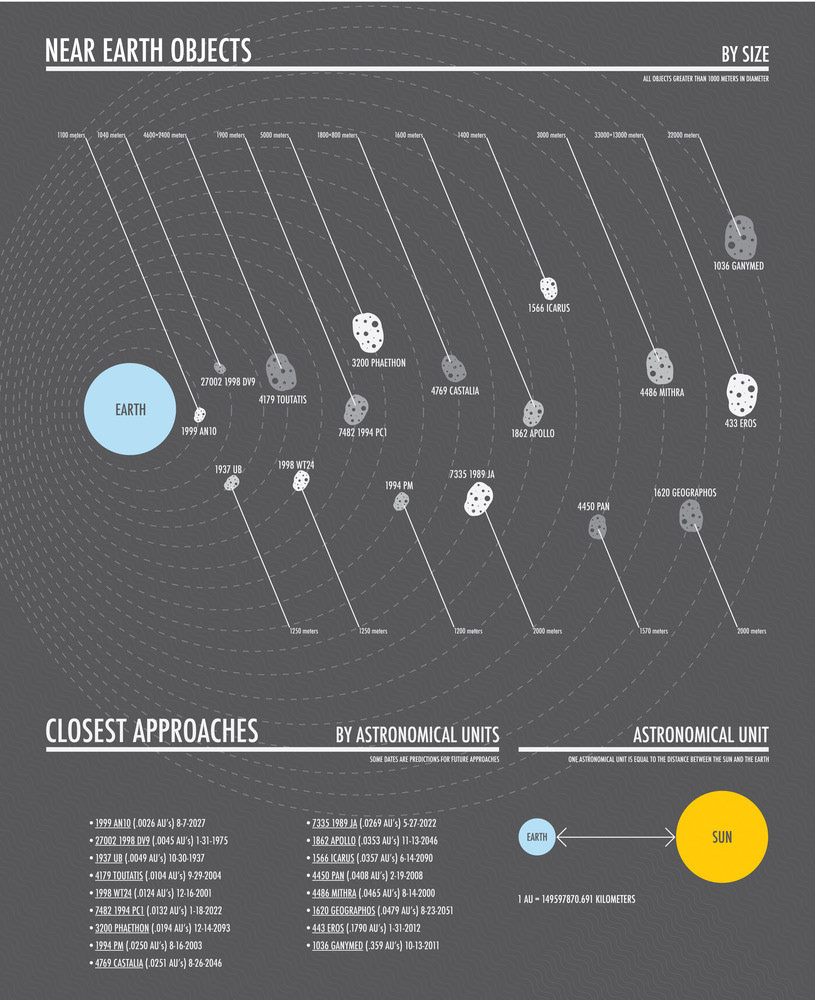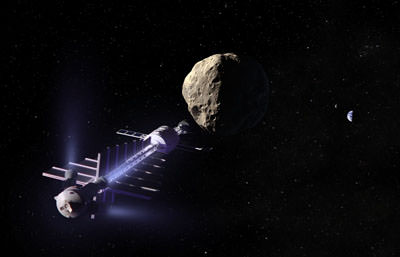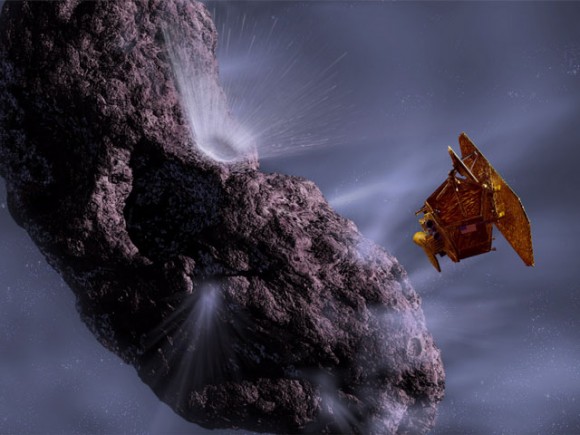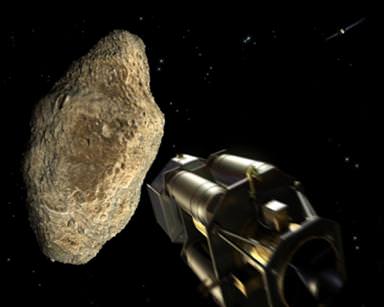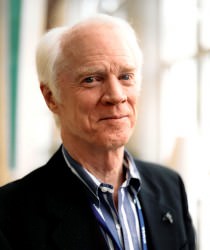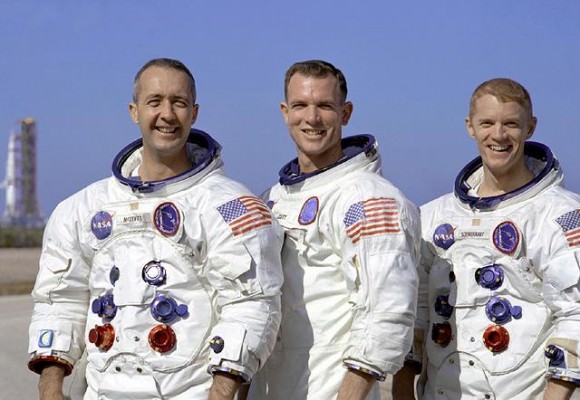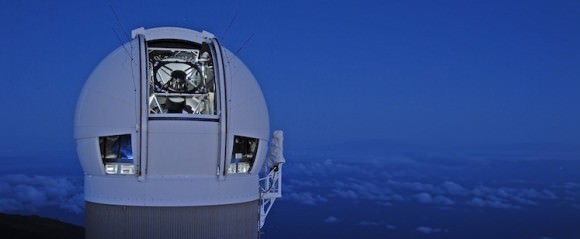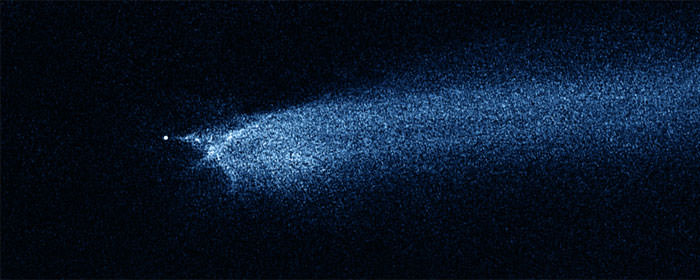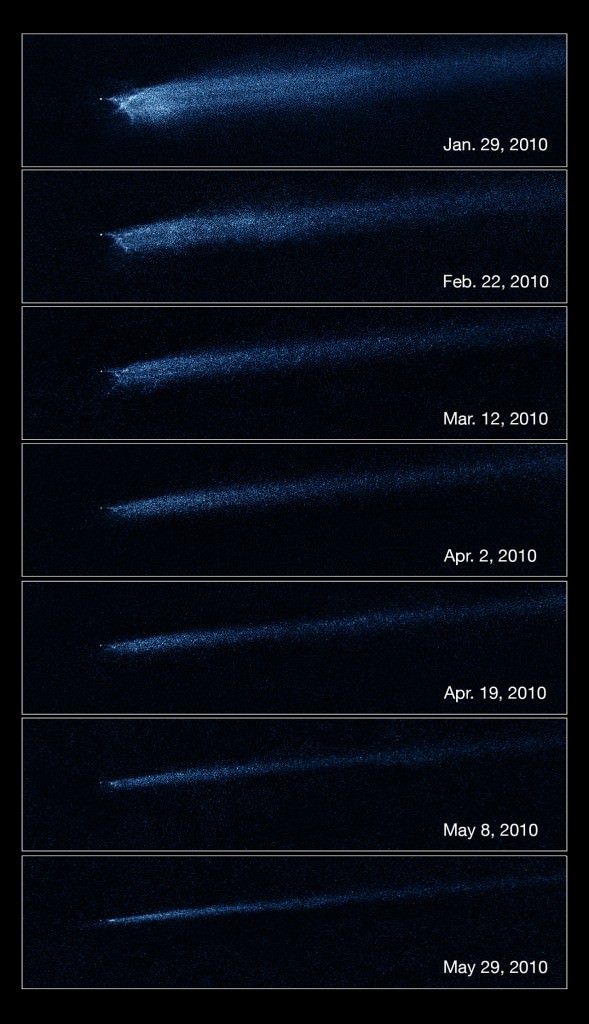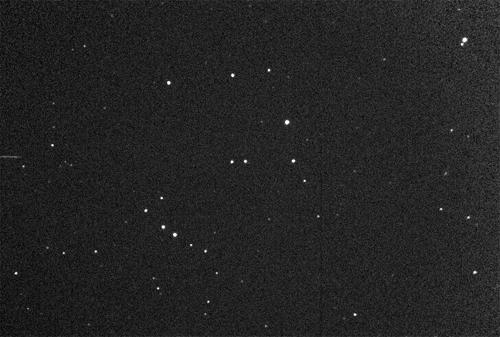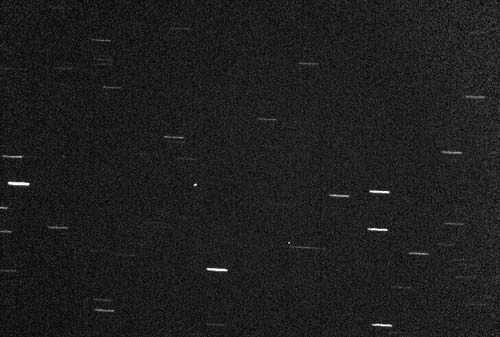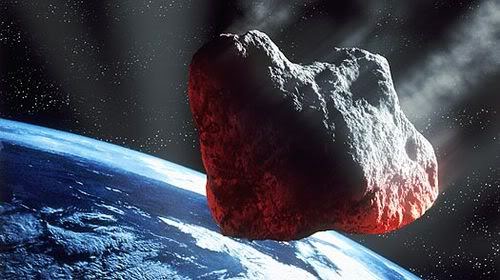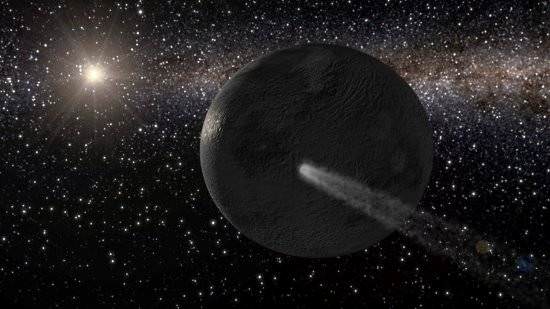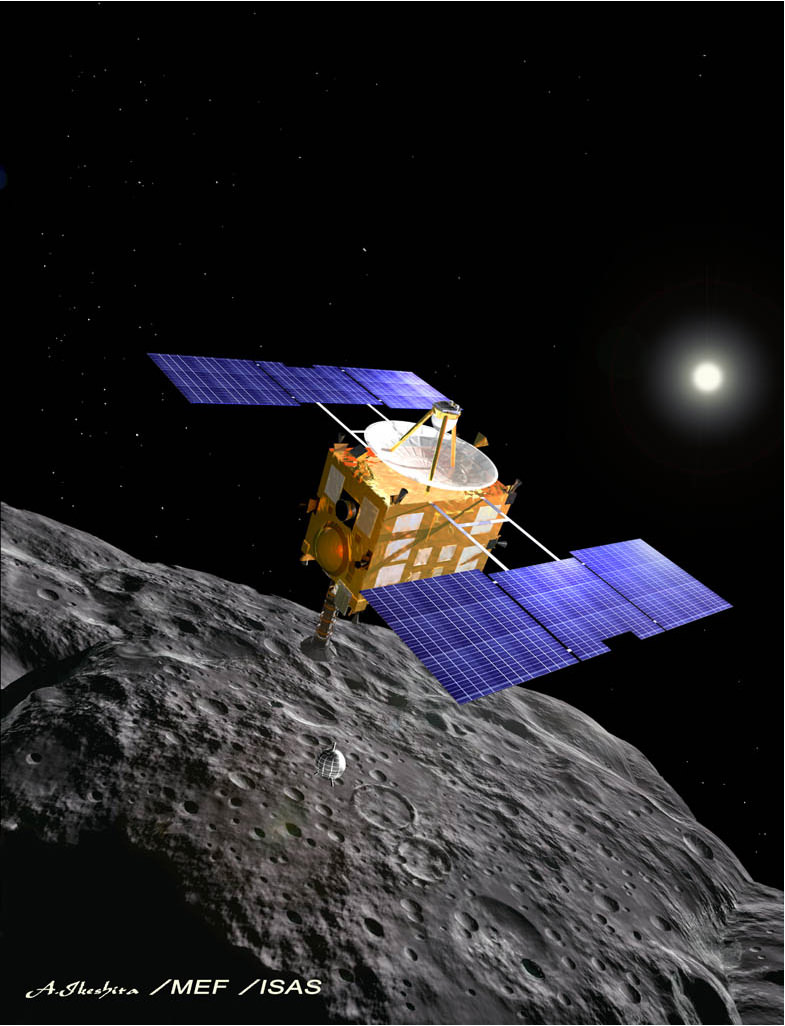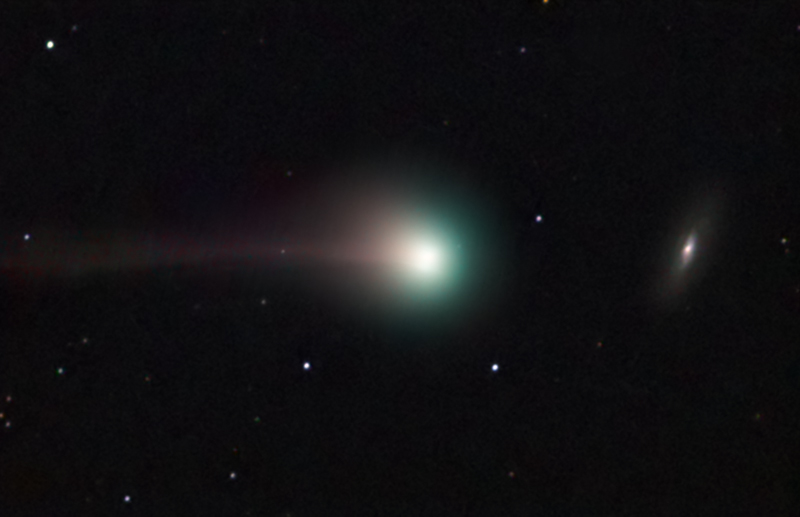[/caption]
During the past 24 hours, the Earth has been hit by about a million small meteoroids – most of which burned up in the atmosphere as shooting stars. This happens every day. And occasionally – once every 10,000 years or so — a really big asteroid (1 km in diameter or larger) comes along and smacks Earth with an extinction-level impact. That idea might cause some of us to lose some sleep. But in between are other asteroid hits that occur every 200-300 years where a medium-sized chunk of space rock intersects with Earth’s orbit, producing a Tunguska-like event, or worse.
“Those are the objects we are concerned with,” said former Apollo astronaut Rusty Schweickart, speaking at a 3-day workshop in Darmstadt, Germany which focused on plans and recommendations for global coordination and response to an asteroid threat. “We need to take action now to bring the world together and recognize this as a global threat so that we can make a cooperative international decision to act to extend the survival of life on Earth.”
There are likely about one million Near Earth Objects out there that could do substantial damage if one hit the Earth. This isn’t anything new – Earth has been in this same environment for billions years.
“What’s new is that we have now opened our eyes via telescopes and are seeing something flying by our heads, so to speak,” said Schweickart during a media event at the workshop. “When you see something flying by your head, you duck. It turns out we have the capability of ducking and causing these objects to miss us. Because we now know about this threat and because we can in fact prevent an impact, we then have a moral obligation to do so.”
Former astronaut Tom Jones, who also attended the workshop, told Universe Today that NASA hopes to find all the 500 meter objects within a few decades, “and thus through action be able to prevent an impact from that large an object, removing it from the overall asteroid hazard. Smaller objects are much more numerous (the approximately million NEOs mentioned above) and can cause city-size damage. We’ll have to search diligently for those in the coming decade and it’ll be several decades before we find those hundreds of thousands of 30-meter sized -subTunguskas.”
Schweickart discussed in a recent Universe Today article that we do possess the technology to move asteroids or change their orbits, and that this technology does need to be tested, and tested soon. But since an impact event could affect the entire world, the decisions on policies and international agreements about asteroid mitigation could actually pose a bigger challenge in dealing with an asteroid threat than putting the technology together.
“Bureaucracy is the most likely reason we will be hit with an asteroid in the future, not the technology,” said Schweickart. “That is an audacious statement to make, but if we can get past that and do our jobs right we should never be hit in the future by an asteroid that could threaten life on Earth. And it’s going to be a heck of a challenge.”
The Mission Planning and Operations Group (MPOG) workshop included astronauts and space scientists and was the latest in a series of workshop designed to offer suggestions to the UN Committee on the Peaceful Uses of Outer Space. Included were representatives from NASA, ESA, the Secure World Foundation and the Association of Space Explorers. They are working on defining future planning tasks and studies for the Group that will later be merged with findings of other experts to create a final report to the UN committee. This report will recommend how to react to an impact threat.
But there are issues such as, how changing an asteroid’s orbit could make it miss one area on Earth and instead hit another area.
“The issue of NEOs is an issue that the United nations has been considering for 10 years or so,” said Sergio Camacho, representing the UN Committee. “The reason it has to go through the UN is that when we make a decision, whatever action is taken might affect others and put them at risk where they are not at risk at the beginning. That can’t be a unilateral decision, and we need to pool the resources of space agencies in order to address the problem. It will be within the framework of the UN that we will be able to master this cooperation.”
Schweickart and the Association of Space Explorers, have been working on this issue for over 9 years and are just now beginning to see a little headway in the bureaucratic process. Everyone at the workshop agreed that political decisions and political awareness is something that has to be taken seriously.
“Two weeks ago a small object passed in between the Earth and the Moon,” said Schweickart,“ and on Halloween an object half a kilometer in diameter Is going to pass within five lunar distances of Earth — in terms of astronomical distances, that is very close. These things are happening, but I hope we areable to act soon and act responsibly without having to have a reminder” – meaning the wake-up call of an actual impact and not being prepared for it.
For more information:
The MPOG workshop (where you can watch the press conference)


